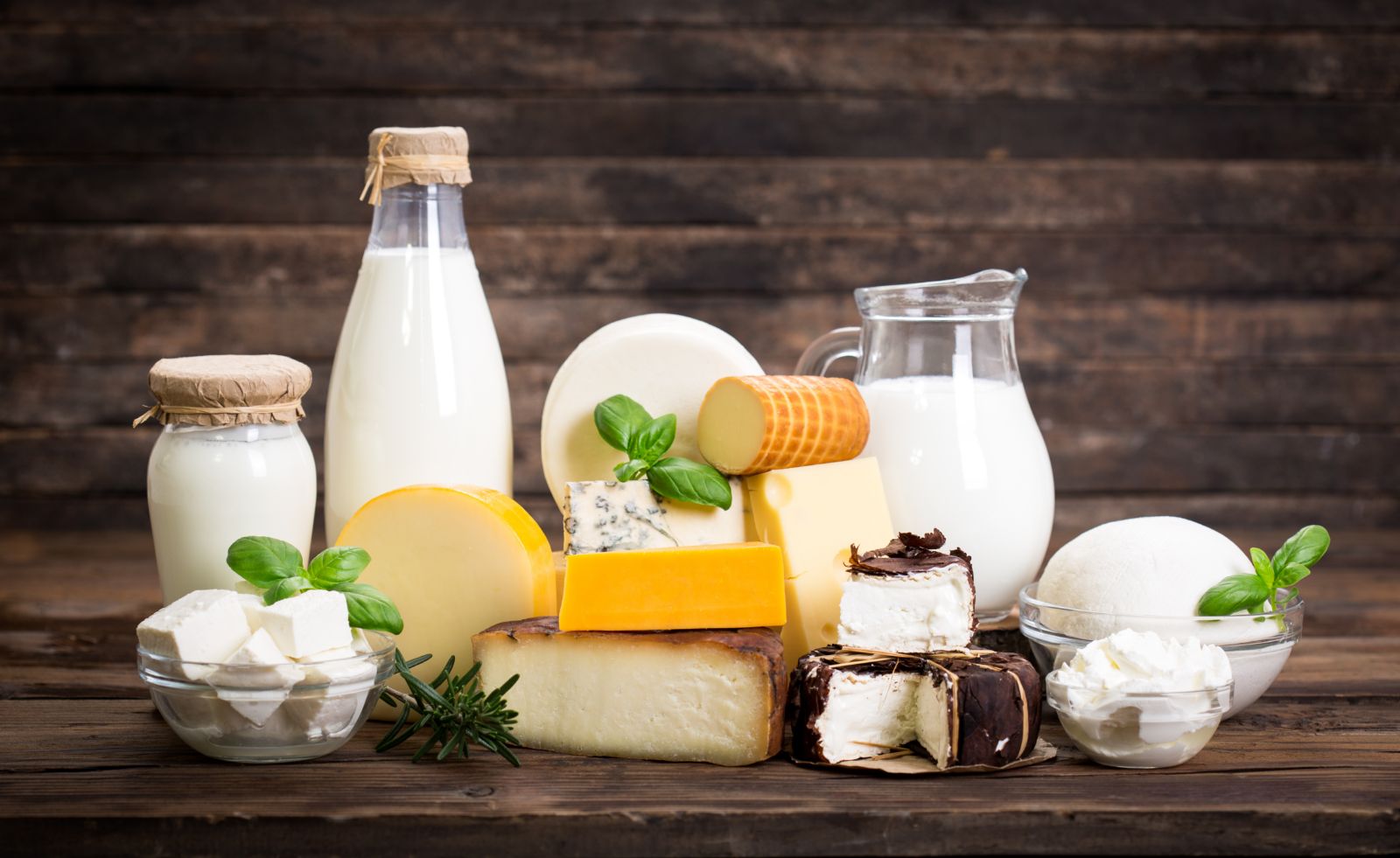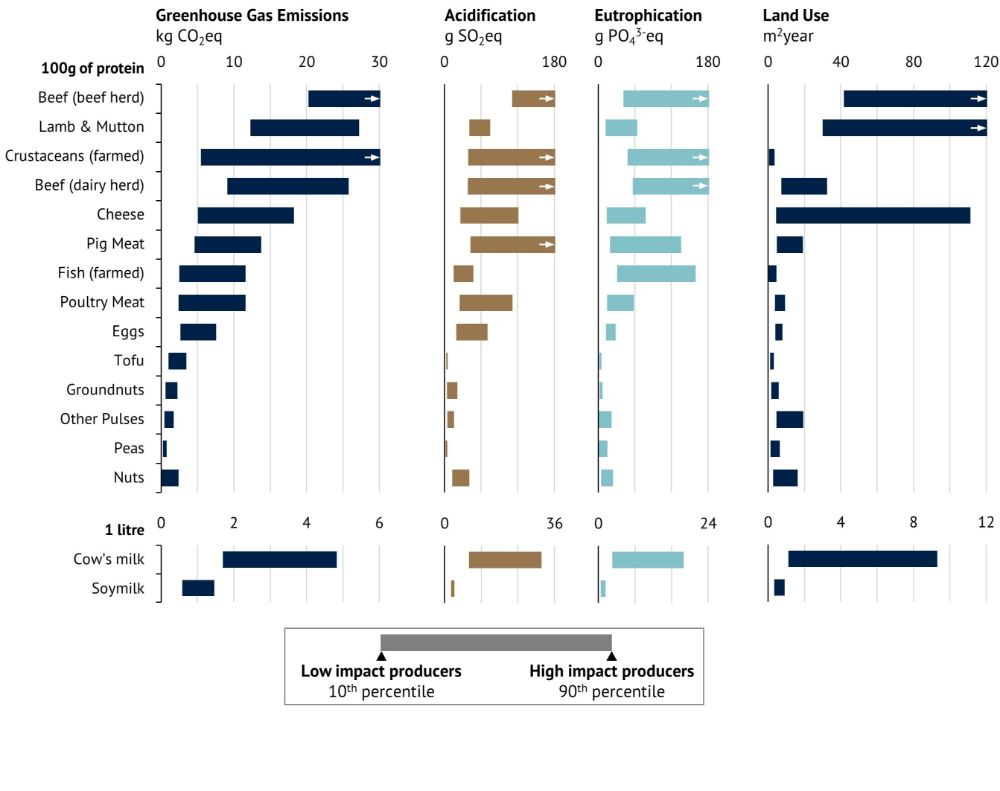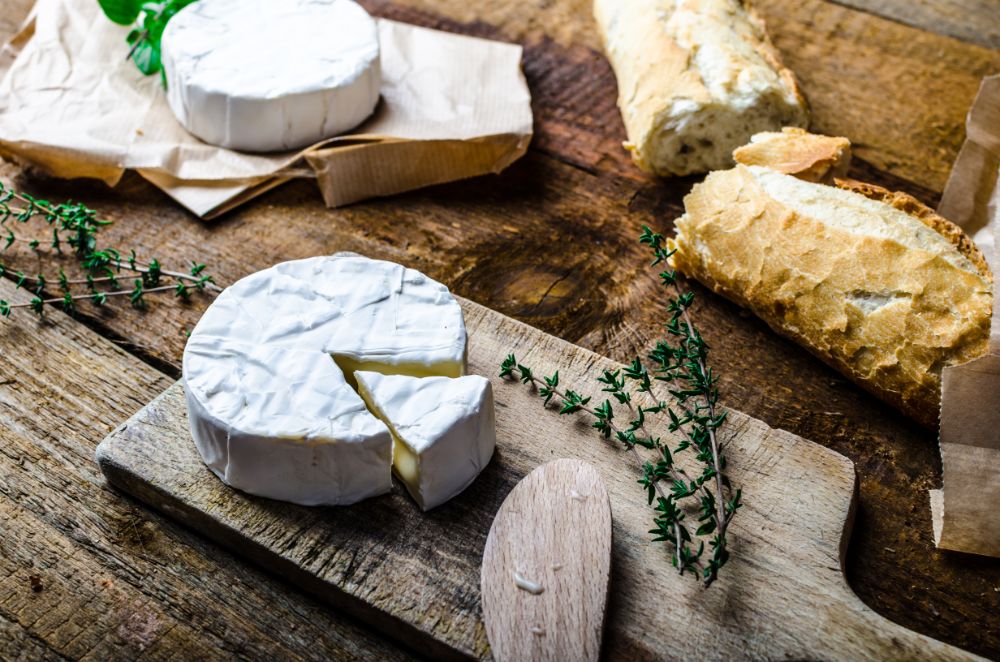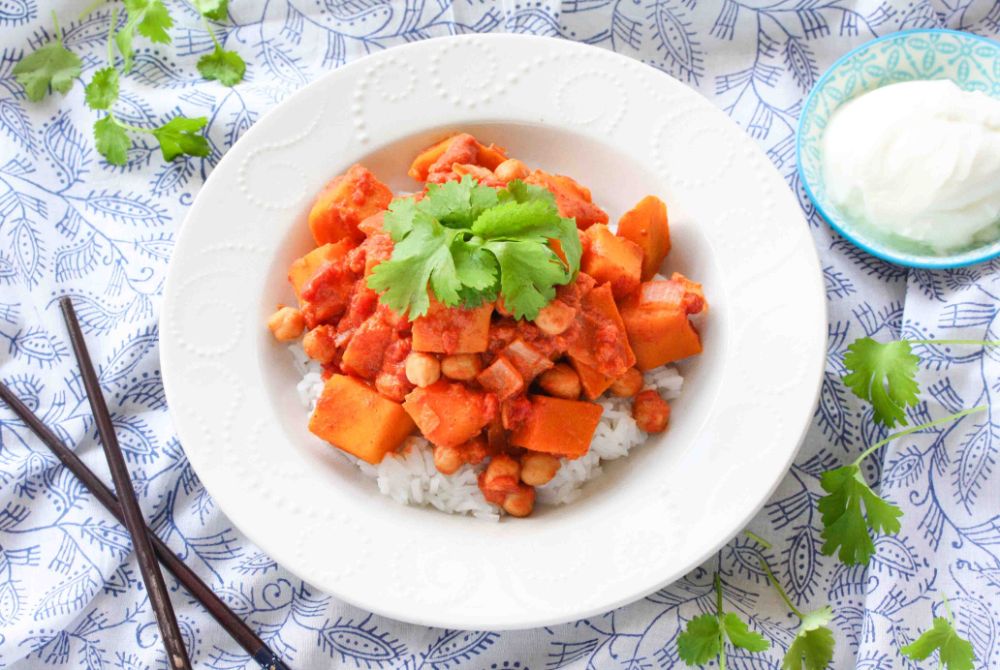
I recently learned that the food supply chain is responsible for 26% of anthropogenic greenhouse gas emissions. I mean, I knew it accounted for a fair chunk, but over a quarter? It was a reality check, that's for sure. But it only reinforced to me how important individual choices are in combating the climate change disaster. Even if our government does nothing at all to slow the rate of global warming – which is looking pretty bloody likely – we can make a huge impact purely by changing the way we eat.
I’ve been vegetarian for 21 years now, but I know I can do more. Vegetarianism, though infinitely better for the planet than eating meat, still leaves a lot to be desired compared with veganism. After all, cheese is third only to beef and lamb in terms of per-kilo greenhouse gas emissions. Still, I’m not quite sure I’m ready to give up cheese for the long haul! Or coffee with cow’s milk, for that matter.
Thankfully, we are gradually coming to realise that reducing our climate impact through our dietary choices doesn’t have to be an all-or-nothing game. You don’t have to label yourself vegetarian or vegan to make a difference – you just need to consciously reduce your consumption of those animal products that have the worst impacts on the planet.
This graph, sourced from a comprehensive 2018 study using data from over 38,000 farms around the world, gives an overview of which products are harshest on the environment. There's no question that a vegan diet offers the greatest benefit to the planet, but every step you can make towards a more plant-based diet will make a difference. It's obvious from the width of some of these bars that a lot can also be done from the producer's end to minimise emissions – but that side of things is, of course, largely out of our direct control.

It's important to know that, as nasty as cheese appears to be at a glance, not all cheese is created equal when it comes to greenhouse gas emissions. We can choose to buy cheeses that have a lower impact, and also make small changes in the way we use these cheeses in order to consume a smaller amount overall. And there are several other dairy choices we can make to reduce our footprint without giving up this delicious food group altogether.
The most important thing to know when considering the impact of dairy products is that the vast majority of emissions attributable to dairy products occur during the production stage. This is because the methane released by cows has 25 times the greenhouse effect of carbon dioxide.
This means that the emissions attributable to a dairy product come down, in large part, to the amount of milk required to make that product. When we process milk into cheese, butter, cream, or yoghurt, we are putting in even more energy – and more emissions – to create a smaller volume of food. A kilogram of cheese, for example, takes 5–10 kilograms of milk to produce.
So with all this in mind, here are a few strategies you could consider adopting to reduce the environmental impact of your dairy consumption.
How to reduce your carbon footprint by eating the right kinds of dairy
Choose soft cheeses. Soft cheeses require less milk to produce. One kilogram of soft cheese takes around five to eight litres of milk to produce, whereas hard cheese takes around ten litres. Already this means the hard cheese is contributing significantly more emissions than the soft cheese on a per-kilo basis.
Choose young cheeses. In addition, some hard cheeses, such as parmesan, require high-temperature cooking. Hard cheeses also tend to be aged for longer, which requires continuous refrigeration and contributes even more emissions. Realise, however, that these emissions pale in comparison to the production (methane) emissions.
Choose local cheeses. Look for cheeses produced locally to cut down on transportation-related emissions.

Use smaller amounts of stronger-tasting cheeses. To state the obvious: the impact of the cheese is ultimately not about the per-kilo emissions, but the actual emissions attributable to the amount you use.
Though parmesan has one of the highest impacts per kilogram, we really don’t use much of it at a time, making it a relatively carbon-efficient way to enhance the taste of a pasta dish. Similarly, while feta and ricotta might have similar impacts per kilogram, feta has a much stronger taste and you are likely to get away with using less of it per meal.
Use natural yoghurt instead of Greek yoghurt or sour cream. Greek yoghurt is strained and takes around four times more milk to produce than natural yoghurt. This process also produces a large volume of whey, which is highly acidic and therefore difficult to dispose of. We can use it in various products, but at the moment production is outstripping demand.
As for sour cream, a Canadian study comparing the greenhouse gas emissions of dairy products found that cream and sour cream were the two worst offenders. If you’ve never tried natural yoghurt on your nachos, give it a try. It tastes pretty similar, and besides its lower climate impact it is also way better for you.
Cut down on the amount of milk in your coffee and tea. This is easy for me to say, because I love my coffee strong. But our preferences are largely a matter of what we’re used to. Start by cutting the amount of milk you add just slightly – maybe 10%. Once you’re used to that, cut down by another 10%. Try ordering a small coffee with a double shot instead of a large coffee.
There’s also the option of switching to a non-dairy milk if you’re willing – but I’m not! Note that almond milk is the least environmentally friendly non-dairy milk, as almond production requires large amounts of water (but still less than half of what's needed to produce dairy milk).

Use a vegan alternative to butter. I know, butter is delicious. But it’s also very heavy on emissions. A kilogram of butter takes 21 kilograms of milk to produce. Although production of oils can also be quite energy-intensive, a study comparing butter and margarine found that butter was associated with four times higher emissions, as well as greater air and water pollution.
If you’re really not ready to give up on the taste of butter, try blending 2 parts butter with 1 part olive oil to create a healthier, more eco-friendly spread that’s super spreadable and also suitable for most types of cooking.
Set aside one vegan day per week. This is as easy as making one curry or tomato-based pasta per week – you may never have thought about it, but almost all curries are vegan, and the ones that aren't can easily be adapted. Tomato-based pasta sauces are also generally vegan (until you add the parmesan!). Try this super-easy, super-cheap pumpkin and chickpea curry or this mouthwateringly delicious gnocchi with red wine, lentil and olive sauce.

Use low-fat milk. The fat that is skimmed off milk goes towards producing other dairy products such as butter and cream, meaning the emissions from that milk become partly attributable to these other products. The emissions for low-fat milk are up to 9% lower than for full-fat milk.
Use other products in place of cheese. When you need a creamy texture, a cheesy flavour, or an extra hit of protein, there are a few alternatives that may hit the spot.
- The emissions attributable to eggs are around one-third to one-quarter the emissions of the same weight of cheese. Not only that, but they are much easier to source locally or even produce in your own backyard, which reduces emissions from chicken feed production and eliminates emissions related to transportation.
- Natural yoghurt is produced from milk simply by heating the milk briefly and adding a starter culture. This non-energy-intensive process makes yoghurt one of the most eco-conscious dairy choices.
- Try out a cashew or other nut ‘cheese’. Here's an easy recipe from The Full Helping. You could also experiment with nutritional yeast, which has a strong cheesy flavour.
- If you're asked to bring a snack or starter, reach for the dips instead of the cheeses at the supermarket. Yumi's has a range of awesome dairy-free dips that are lovely and creamy.

A final note on assessing the impact of dairy
Reports about the greenhouse gas emissions of various products often use different methods of measurement. The most commonly used unit seems to be carbon dioxide equivalents per kilogram of product, but it’s important to acknowledge the shortcomings of this unit. While it may be easy enough to consume 500 ml of milk, consuming 500 grams of cheese would be considerably more difficult (for some of us, anyway)!
When considering the impact of a product, we must also take into account the amount of product we typically use at a time and the amount of nutrition we get from it. A better way to compare products is per unit of nutritional value – how much benefit we actually get from eating it. To this end, some reports use carbon dioxide equivalents per kilogram of protein content.
From a more practical perspective, given that methane has a far more dramatic greenhouse effect than carbon dioxide, I think the easiest way to consider the impact of a given food in your diet is simply to find out how much milk is required to produce a kilogram of the product, and weigh that up against the actual amount of the food you use per week.





